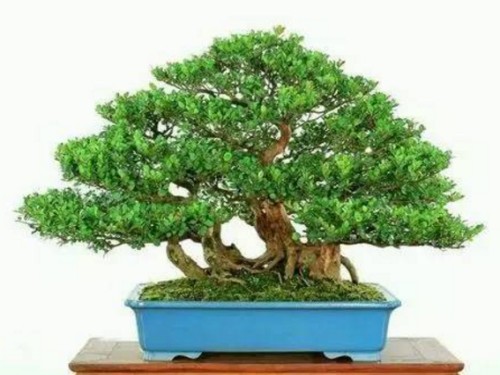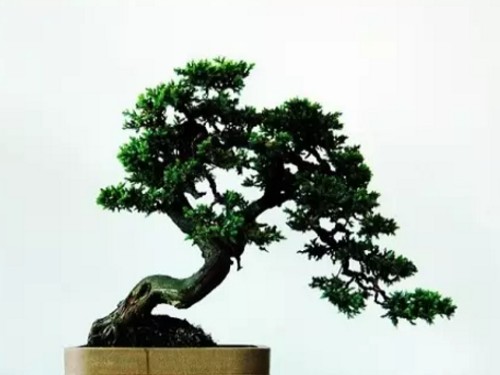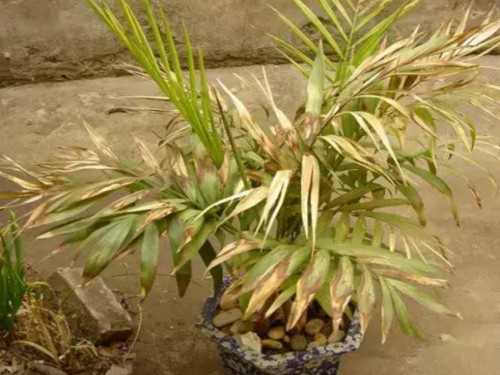Key points of bonsai conservation
As a kind of potted plant species, people are most concerned about the management after potting and the ability of excellent pot. There are more than 20 species of Chinese Photinia. Its classification is mainly based on leaf type, leaf color, leaf arrangement differences. Different leaf types and leaf colors have different growth conditions and habits. For example, some branches and leaves are flat and long, some branches and leaves are drooping, and some branches and leaves are straight up.
Red nan plant is shorter, branches dense tough soft, leaves small, thick green and shiny, green all the year round, early summer blooming pink pomelo flowers, set off melon seeds like green leaves, tree posture is extremely beautiful. Old piles in the mountains can be cultivated and processed to make horizontal Ke flat, with distinct layers, such as the shape of layered clouds. They are elegant and simple. They are really wonderful products in bonsai materials. Phoebe is the mainstream variety of bonsai lovers. As long as the choice of good, healthy stumps, maintenance method, red nan bonsai can be long-lasting, beautiful peerless.

1. Soil and fertilizer requirements
Phoebe chinensis is a kind of bonsai tree with thin tolerance, only wet, not fat and slow growth. Only slightly acidic, moisture-retaining strong general soil. If alluvial fine sand is used, it is most likely to cause dehydration, withering and even death. In the southern region, mountain mud can be used as culture soil. It can be changed once every 3~4 years (for medium-sized bonsai), and the time is appropriate in early April. After soil replacement, irrigate thoroughly, place in shade, keep moist, gradually transfer to sunny and rainy places after new shoots grow, and promote their vigorous growth. According to the growth habits of red nan, quick and strong chemical fertilizer can be used instead of organic fertilizer with stable and lasting fertilizer effect, which should be applied thinly once a month during the growth period from April to June. Using alum fertilizer solution as main fertilizer can make the leaves of Phoebe chinensis green and shiny, safe and reliable. If apply thick fertilizer or chemical fertilizer, it is easy to cause fertilizer damage to roots, resulting in pile scene atrophy phenomenon.
2. Demand for sunlight and moisture
Phoebe likes light and shade, and likes high temperature and humidity. At the turn of spring and summer from April to June, it should be placed in a place with sufficient sunshine and rain, the basin soil should always be kept moist, and there is sufficient moisture to promote the vigorous growth of pile scenery. From late June to August, it enters the high temperature climate in midsummer, and the direct sunlight is strong enough to cause the bonsai to dry up. Should be placed in scattered light curing position. In hot weather, water evaporation is large, as long as the basin soil does not accumulate water, sufficient water should be given day and night, and water mist should be sprayed to the plant 1~2 times to ensure safe summer. From September to October, many red nan bonsai have been fruited. In order to ensure that the fruits are red and purple bright and clean, and to improve the enjoyment interest, they should be placed in the west to the east. They should be exposed to sunlight during the day and enjoy the moisture of autumn dew at night. The pot soil should be properly controlled. Dry soil is better in frosty weather.
3. Thinning flowers and raising fruits to promote the long-term prosperity of piles
Red Phoebe blooms and bears successively from midsummer to autumn, and the fruiting lasts until November. It blooms much, bear fruit also much, hang fruit period to be long. Due to the shallow soil in the basin, limited nutrients, excessive consumption of nutrients for flowering and fruit, the phenomenon of yellow leaves and deciduous leaves often occurs in the pile scene, weakening the cold resistance and easy to cause some branches to senescence and wither. Therefore, at the beginning of flowering, 2/3 of the buds should be thinned and 1/3 should be left for flowering. In this way, the fruit is full, bright and clean, the fruit value is improved, and the phenomenon of partial wither can be effectively restrained, so that the pile scenery is green for a long time.
4. Prevention and control of diseases and insect pests
Only a very small number of red nan bonsai (more shade not ventilated position) autumn white myxomycetes harm twigs, bamboo can be used to scrape white myxomycetes, and let bonsai more sun, generally can control. Insect pests are mainly caused by insect pests nibbling on young leaves. It can be killed by spraying 1~2 times with 50% EC 1200~1500 times or 15% EC 800 times. Red spider or coal pollution disease can occur in warm and dry climate in winter. It can be killed by spraying 2~3 times with 5% washing powder solution or 30% pepper extract.
Time: 2019-06-01 Click:
- Prev

Maintenance method of Sabina vulgaris bonsai
Ground cypress, also known as cypress, climbing cypress. Belongs to the cypress family, the genus Sabina. Evergrape shrubs. Because of its twisted dry diameter, fine branches and strong adaptability. Easy to shape and other features are loved by the majority of bonsai lovers. The branches and leaves of the cypress are green and meandering, suitable for viewing in all seasons.
- Next

What if the pocket coconut leaves turn yellow?
Pocket coconut is an evergreen small shrub, pot height generally does not exceed 1 meter, oar fruit orange, flowering in spring. Pocket coconut is a common indoor decoration plant, which is very popular with flower lovers, but the yellowing of pocket coconut leaves often occurs in the breeding process of pocket coconut.
Related
- Fuxing push coffee new agricultural production and marketing class: lack of small-scale processing plants
- Jujube rice field leisure farm deep ploughing Yilan for five years to create a space for organic food and play
- Nongyu Farm-A trial of organic papaya for brave women with advanced technology
- Four points for attention in the prevention and control of diseases and insect pests of edible fungi
- How to add nutrient solution to Edible Fungi
- Is there any good way to control edible fungus mites?
- Open Inoculation Technology of Edible Fungi
- Is there any clever way to use fertilizer for edible fungus in winter?
- What agents are used to kill the pathogens of edible fungi in the mushroom shed?
- Rapid drying of Edible Fungi

